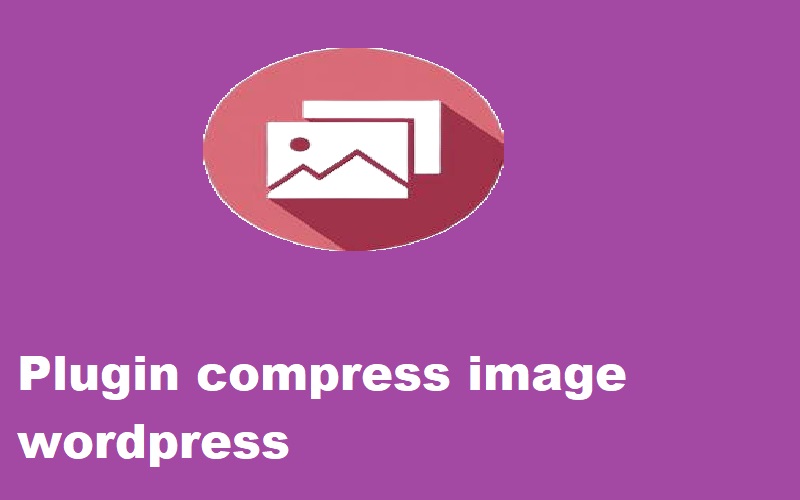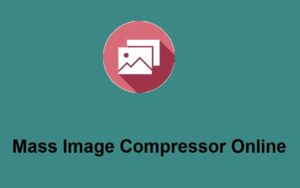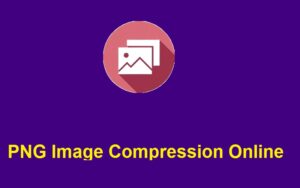For WordPress website owners, optimizing images is a crucial step in improving site performance and user experience. One effective way to do this is by using a plugin to compress image WordPress. Images can slow down website loading speeds, which can negatively impact SEO rankings and the user experience. By compressing your images, you ensure faster load times, better performance, and a smoother browsing experience for visitors. In this guide, we’ll explore why image compression is essential, the best way to compress images using plugins, and how ZeroImageSize.com can help.
Why Image Compression is Important for WordPress
Optimizing images is one of the easiest and most effective ways to enhance your website’s performance. Whether you’re running a personal blog, a business website, or an online store, here’s why compressing images should be a top priority:
- Faster Loading Times: Large image files can drastically slow down your website. Compressing your images will make them load faster, improving overall website speed.
- Improved SEO: Google rewards websites with fast loading times. By compressing image WordPress, you can enhance your site’s SEO rankings.
- Better User Experience: Visitors are more likely to stay on your site if it loads quickly. Faster loading speeds create a better user experience and reduce bounce rates.
- Storage Efficiency: Compressed images take up less server space, which can help reduce hosting costs, especially for websites with many images.
The Best Way to Compress Images in WordPress
If you’re running a WordPress site, there are various plugins available to help you compress image WordPress. These plugins can automatically optimize images as you upload them, reducing their size without compromising quality. Here’s how you can use them:
Using a Plugin to Compress Image WordPress
- Install an Image Compression Plugin: Choose a reliable plugin like WP Smush, Imagify, or ShortPixel Image Optimizer. These plugins automatically compress your images when you upload them to WordPress.
- Adjust Compression Settings: Many plugins allow you to adjust the level of compression. If you’re looking to compress image WordPress to a specific size, such as 500KB, you can choose settings that maintain a balance between file size and image quality.
- Automatic Compression for New Images: Once installed, these plugins will automatically compress any new images you upload to your website, saving you time.
- Bulk Compression for Existing Images: Many plugins also offer a bulk compression feature, which is perfect for compressing large numbers of images that are already uploaded to your site.
While using a plugin is a great option, there’s also a more flexible and manual way to compress your images before uploading them: using an online image compressor like ZeroImageSize.
Compress Image to 500KB with ZeroImageSize
If you’re not comfortable with plugins or prefer more control over the compression process, ZeroImageSize.com offers a simple and effective way to compress image WordPress images to 500KB or any other size. Here’s how it works:
- Visit ZeroImageSize.com: Head over to the website ZeroImageSize.com.
- Upload Your Image: Click the “Upload” button and select the image you want to compress from your computer, mobile, or tablet.
- Select Compression Percentage: Choose how much you want to compress your image. You can easily adjust the slider to compress image WordPress down to a specific file size.
- Hit Compress: Once you’ve selected the compression level, click the “Compress” button and wait for the image to be processed.
- Download Your Image: After the compression is complete, simply click the “Download” button to get the smaller image file.
By compressing your image to 500KB, you can ensure that your WordPress site runs smoothly and efficiently without sacrificing too much image quality.
Types of Image Compression: Lossy vs. Lossless
There are two types of image compression: lossy and lossless. Understanding the difference is important when deciding how much compression you want to apply to your images.
- Lossy Compression: This method reduces file size by discarding some image data, which may affect the quality. It’s ideal for web use when you need to reduce file sizes significantly.
- Lossless Compression: This method reduces file size without losing any image data, meaning the image quality remains the same. It’s best when you want to preserve image quality at all costs but still reduce file size.
Why Choose ZeroImageSize for Compressing Images in WordPress?
ZeroImageSize stands out as an excellent tool for compressing images before uploading them to your WordPress website. Here’s why:
- Unlimited Compression: You can compress as many images as you need without any restrictions.
- No Registration or Subscription Required: Simply upload and compress your images—no need for an account or subscription.
- Multiple Formats Supported: Whether your images are in JPG, PNG, or GIF format, ZeroImageSize supports all the major image types.
- Batch Compression: Compress multiple images at once, which is perfect for optimizing large image libraries.
- High-Quality Output: ZeroImageSize uses advanced algorithms to ensure that the quality of your images is maintained after compression.
- Speed and Efficiency: The tool is fast and easy to use, allowing you to compress images within seconds.
Common Compression Algorithms Used in ZeroImageSize
ZeroImageSize uses a range of advanced compression algorithms to reduce image size efficiently:
- Run-Length Encoding (RLE): This algorithm compresses repeated pixel data by storing it as a single value and count.
- Huffman Coding: A lossless compression method that uses variable-length codes for image pixels.
- Discrete Cosine Transform (DCT): Used in JPEG compression, it transforms images into frequency components to achieve compression.
- LZW Compression: The Lempel-Ziv-Welch algorithm is used for formats like GIF and TIFF.
Privacy and Security at ZeroImageSize
Your privacy and security are top priorities at ZeroImageSize:
- SSL Encryption: All file transfers are securely encrypted to protect your data.
- Automatic Image Deletion: Once your image is processed, it is automatically deleted from the server to ensure your privacy.
Conclusion
Whether you prefer using a plugin to compress image WordPress or an online tool like ZeroImageSize, both methods help you optimize your images for a faster and more efficient website. Compressing images not only improves load times but also boosts SEO performance and enhances the user experience.
Call to Action
Ready to optimize your images for faster WordPress performance? Visit ZeroImageSize.com today and start compressing your images in just a few simple steps!



